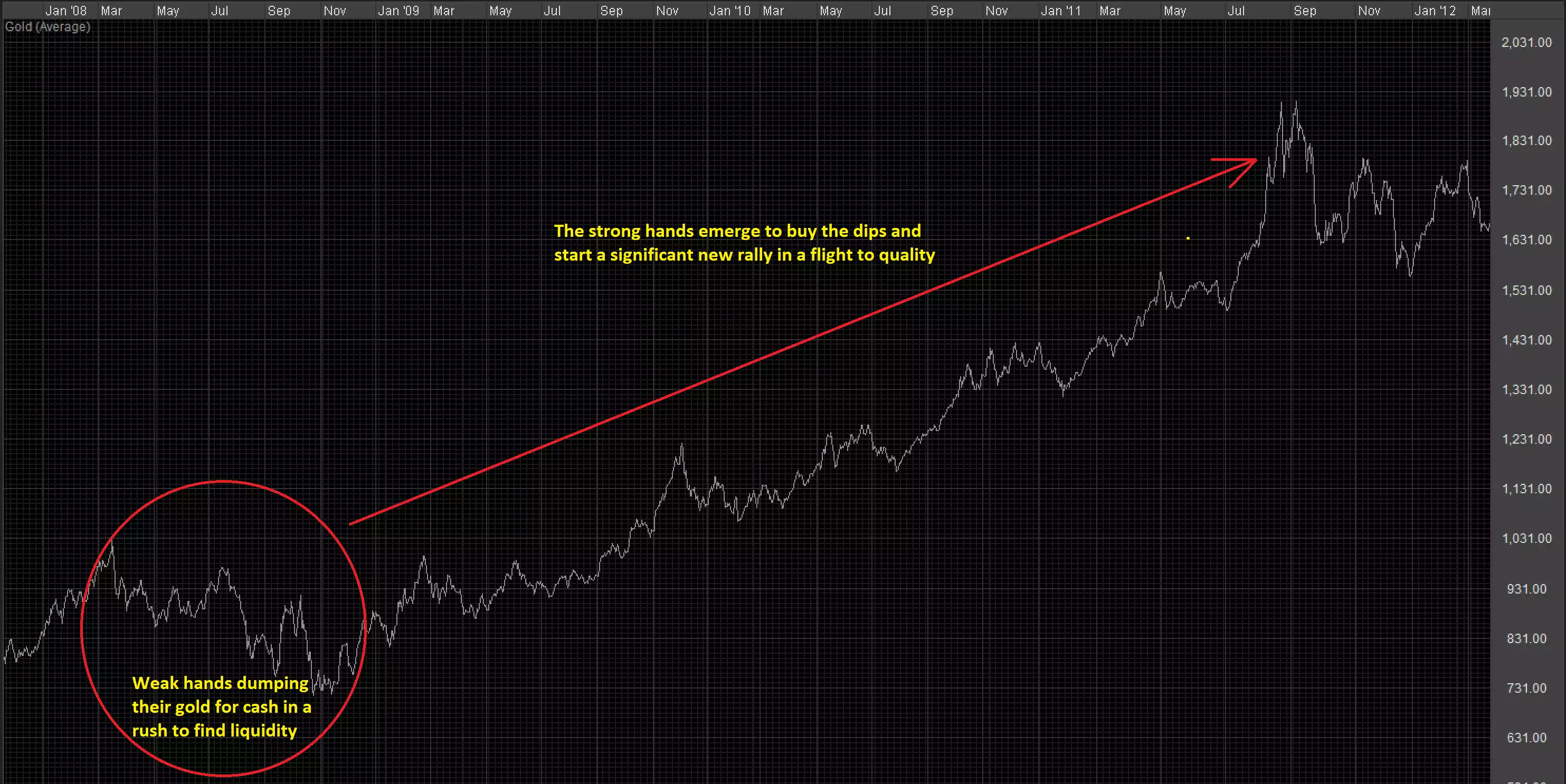Gold and Trump’s Trade War
News
|
Posted 05/04/2018
|
7162
We heard yesterday that the Trump Administration has raised the stakes in a growing trade showdown with China, announcing 25% tariffs on 1,300 types of industrial technology, transport and medical products in a bid to force changes to Beijing's intellectual property practices. The announcement drew a swift threat of retaliation from the Chinese embassy in Washington. "As the Chinese saying goes, it is only polite to reciprocate," the embassy said in a statement.
The share market traded down when the trade war headlines first gained prominence early last month. This was when the Trump administration announced tariffs on imported steel and aluminium that sent many governments around the world, including Australian political leaders, scurrying to secure exemptions. The share market recovered on the view that Trump's bark was worse than his bite, but this latest move has increased the probability that a full-blown trade war could be just around the corner.
This really shouldn’t come as a surprise if you realise that Trump has been talking about it for decades, going back to the 1980s. Trump has long believed that current global systems of trade are unfair, and that tariffs are ideal for creating jobs and protecting US industries. It was the first thing he touched on when he announced his candidacy in 2015, and he's never since varied in his position.
So, what does this mean for the price of gold?
Recently, gold has been more reactive than proactive. Rallies in gold occur on fear of a trade war and the implication that this could lead global share markets to collapse from their already extended highs. Drawdowns in gold occur when trade war fears abate, and the share market regains its footing.
Until now, Trump’s tough talk on trade has mostly been dismissed, but as markets begin to realise that the trade war could indeed be real and accelerating, shares may begin to drop precipitously, and gold could see a significant rally in a flight to quality move.
It is important to remember however that markets never move in a straight line. Often gold declines in the beginning stage of a financial panic as market participants rush to find liquidity wherever they can, but the drawdown in such circumstances is decidedly temporary and is usually the ideal time to accumulate. Once the weak hands have dumped their gold for cash, the strong hands emerge to buy the dips and start a new rally.
That happened after the 2008 liquidity crisis when the initial panic had passed. The massive rally that followed is clear to see in the chart below.

If gold falls in the earliest stage of financial distress before bouncing back and rallying once the weak hands have their cash and the strong hands start buying the safe-haven trade, then accumulating during the distress makes a lot of sense.
With the elements of an escalating trade war in place and markets beginning to come to this realisation, the share market could continue breaking even lower while gold could be setting up to break much higher. If that occurs, this current consolidation phase for gold will be viewed in hindsight as a great buying opportunity before the next leg of the new gold bull market begins.